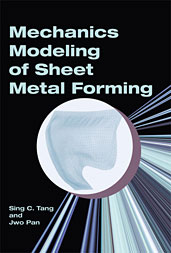Technical Paper
Understanding Soot Mediated Oil Thickening Part 6: Base Oil Effects
1998-10-19
982665
One of the key functions of lubricating oil additives in diesel engines is to control oil thickening caused by soot accumulation. Over the last several years, it has become apparent that the composition of the base oil used within the lubricant plays an extremely important role in the oil thickening phenomenon. In particular, oil thickening observed in the Mack T-8 test is significantly affected by the aromatic content of the base oil. We have found that the Mack T-8 thickening phenomenon is associated with high electrical activity, i.e., engine drain oils which exhibit high levels of viscosity increase show significantly higher conductivities. These findings suggest that electrical interactions are involved in soot-induced oil thickening.

